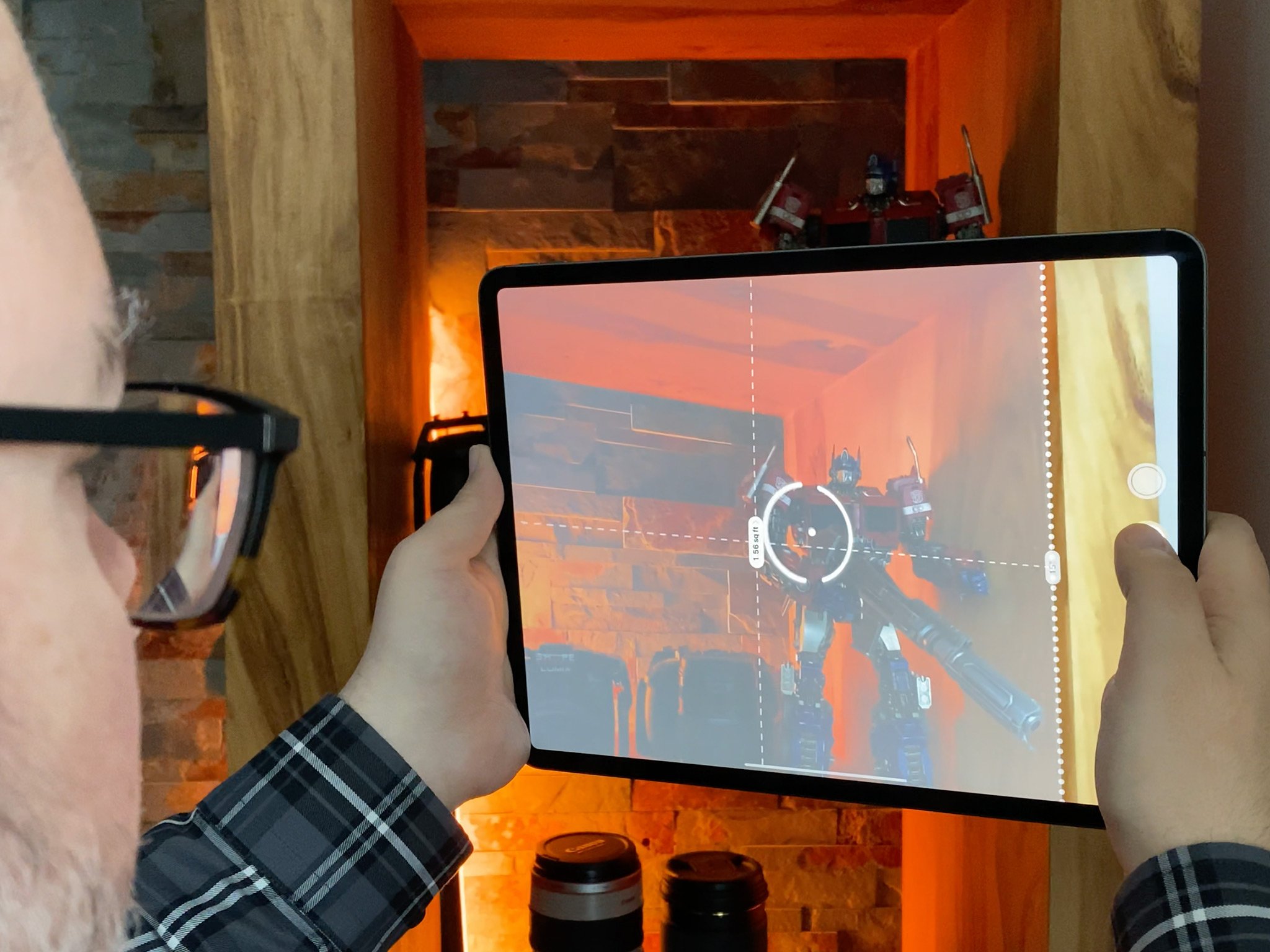Check out this in-depth look at the new iPad Pro's LiDAR scanner and camera

What you need to know
- iPhone app-maker Halide has published an in-depth review of the iPad Pro's new LiDAR camera.
- They also compared it to the iPhone 11.
- As expected, the iPad Pro's camera can't compete with the iPhone.
Camera app-maker Halide has published an in-depth look at Apple's new iPad Pro camera and its LiDAR scanner.
In a blog post yesterday they said:
Does the new iPad Pro pack a great camera? We have to look at the whole package. Today's high-end smartphones pack a cluster of cameras, with multiple lenses (and sensors!). Google entered the fray last year with the Pixel 3 double-shooter. Now the iPad Pro joins this camera superstructure elite.
The headlines? The iPad Pro 2020 shows minimal gains over the main camera from the iPad Pro 2018. The only differences are software changes, and they compared it to the camera of the iPhone 8. Not comparable to the iPhone 11 Pro, but still "a great set of cameras."
They also looked at the iPad's new ultra-wide lens.
In short, the iPhone 11 and 11 Pro pack a significantly larger (and better) sensor with its wide-angle camera, compared to iPad. The ultra-wide sensor on iPhone is comparable to the ultra-wide on iPad in quality, but the iPad is lower resolution. It appears the hardware just isn't there to support night mode, Deep Fusion, and even portrait mode. The iPhone XR pulled off single-camera Portrait Mode thanks to a larger sensor, and tapping into focus pixels — we even got single camera Portrait mode working fornon-human subjects in Halide!).
The big talking point is the iPad's new LiDAR sensor. We've already told you about LiDAR, and why you want it in your iPad. On this, Halide said:
With Halide, we'd love to use the depth data in interesting ways, even if it's low resolution. There was only one problem: there are no APIs for us as developers to use to get access to the underlying depth data. They only expose the processed 3d surface. What if we re-thought photographic capture, though? We built a proof-of-concept we're calling Esper. Esper experiments with realtime 3D capture using the cameras and LIDAR sensor at room scale. It's a fun and useful way to capture a space.
Halide's LiDAR concept looks pretty neat, you can check it out in full here!
iMore offers spot-on advice and guidance from our team of experts, with decades of Apple device experience to lean on. Learn more with iMore!

Stephen Warwick has written about Apple for five years at iMore and previously elsewhere. He covers all of iMore's latest breaking news regarding all of Apple's products and services, both hardware and software. Stephen has interviewed industry experts in a range of fields including finance, litigation, security, and more. He also specializes in curating and reviewing audio hardware and has experience beyond journalism in sound engineering, production, and design.
Before becoming a writer Stephen studied Ancient History at University and also worked at Apple for more than two years. Stephen is also a host on the iMore show, a weekly podcast recorded live that discusses the latest in breaking Apple news, as well as featuring fun trivia about all things Apple. Follow him on Twitter @stephenwarwick9
